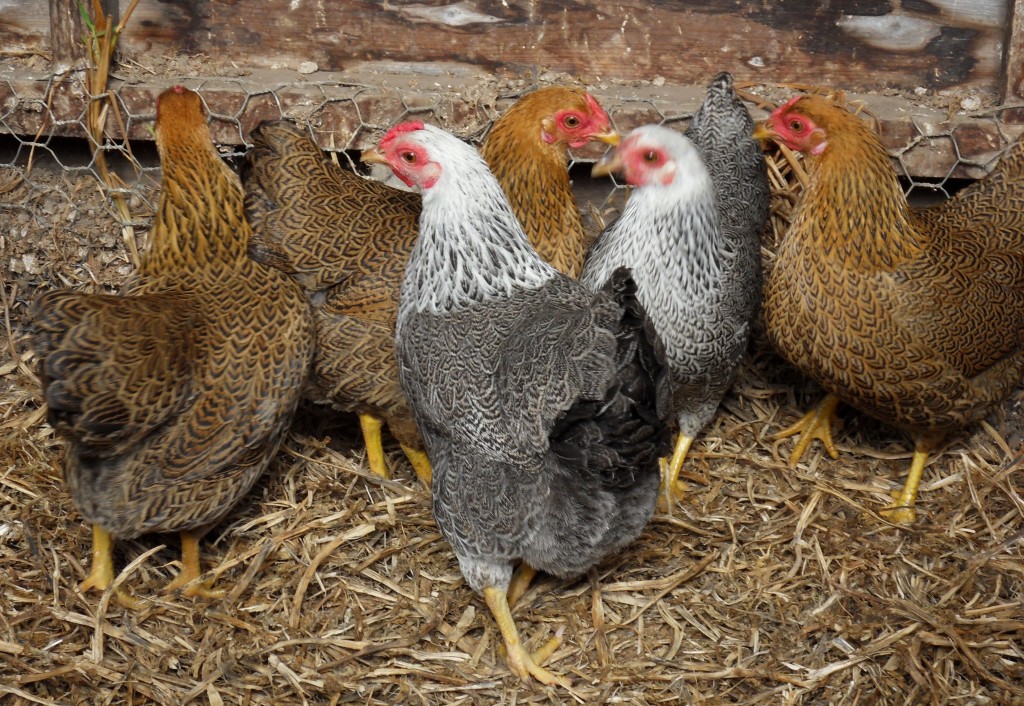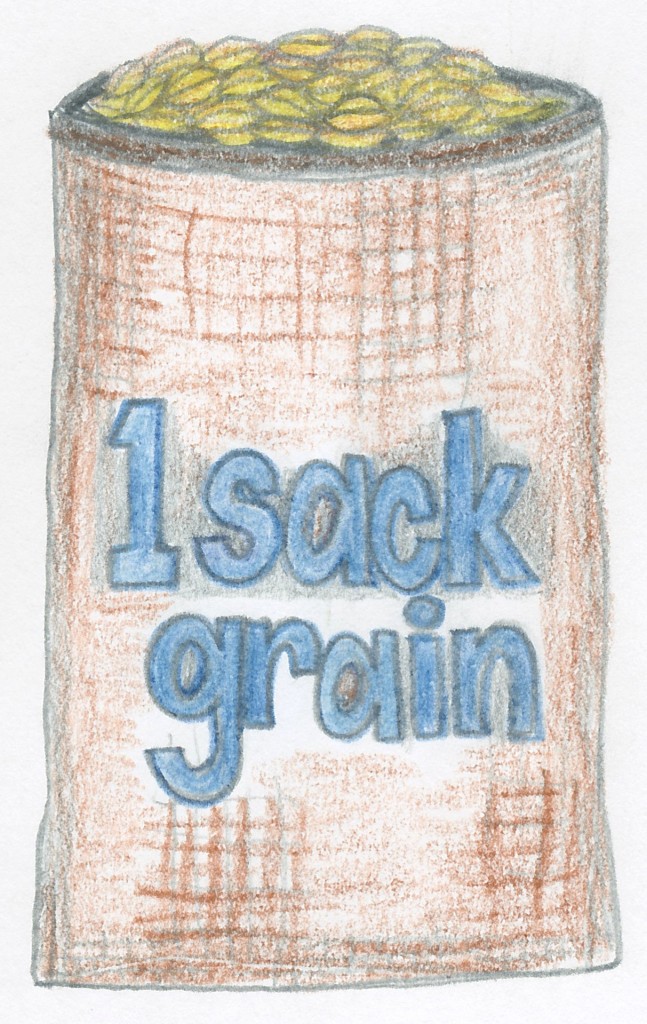 Dear Year 8 Students,
Dear Year 8 Students,
We hope that you are all well and that you and your family are staying safe and coping well with the shutdown. 😐
This post will provide you with the work that you will need for the first week of remote classes. Some of you may still be finishing off your Black Death assignment. If so, the resources under Lessons 3 and 4 might come in handy. Please just complete whatever work is possible for you. We realise that this is a tough time in all our lives! 🙄
Don’t forget that you can email your teachers with comments and questions any time. You can also leave a comment or a question on this post by clicking on Leave a Comment above.
All the very best from Ms Green, Mr Harley, Mr Ditchburn and Ms Weyenberg ♥♥♥♥
Lessons 1 and 2: The Life of the Common People in the European Feudal System
 Introduction: These two lessons will help you to gain an understanding of the social hierarchy of Medieval Europe, which is now known as the Feudal System. Most people within it (about 90%) were peasants. Some of these people were bonded to their lord. This means that they were almost like slaves. They were called serfs (or sometimes villeins).
Introduction: These two lessons will help you to gain an understanding of the social hierarchy of Medieval Europe, which is now known as the Feudal System. Most people within it (about 90%) were peasants. Some of these people were bonded to their lord. This means that they were almost like slaves. They were called serfs (or sometimes villeins).
First, download this handout and type into it. You will need to visit the links below in order to complete it. Work through each task in order. The last task requires you to watch the (slightly yucky and mucky) video embedded below the links.
😉 Optional: Once you have completed the worksheet, tackle this online quiz: The Life of Medieval Peasants. Save a screen capture of the final summary page to your history folder.

- Link 1: History on the Net – The Feudal System
- Link 2: BBC Bitesize – Everyday Life in the Middle Ages
- Link 3: Video: The Worst Jobs in History
- Link 4: Life on the Manor (a PDF from an old but excellent textbook)
Video: The Worst Jobs in History: Making a Wattle and Daub Cottage
Lesson 3: The Impact of the Black Death
Introduction: As you will have noticed through your personal experience of the COVID-19 Pandemic, the outbreak of a disease changes societies. A pandemic leads in the short term to anxiety, panic and sometimes prejudiced behaviour. In both the short and the long term, it can also have an impact on the way a society is organised and governed. The Feudal System (see Lessons 1 and 2 above) was already in decline before the Black Death struck Europe in 1348-9. The death of millions of peasants was to be a crucial factor in weakening this system further in the long term. Moreover, the beliefs that people held before the outbreak, including their religious beliefs, were shaken by this horrific experience.
Task 1: First, read one of these two sources about the impacts of the Black Death.
Task 2: Write answers to the two questions relating to the PDF that you have chosen in your workbook – or type them and save them to your history folder.
Try to use words like these in your answers: questioning, crumbling, weakening, breakdown.
- What happened to the old manorial system? (PDF1, page 401)
- What did the serfs (bonded peasants) do as a result of the Black Death? (PDF1, page 401)
- What effects did the Black Death have on the Feudal System? (PDF 2, page 316)
- How did the Black Death influence people’s attitudes to the Church and to established beliefs? (PDF2, page 314 and page 317)
Lessons 4+5: Disease in History
Introduction: In these two lessons, you will be exploring the impact of diseases in human history. This is not the first time that a pandemic has swept around the world. As you now know, the Black Death destroyed millions of lives. One of the most fatal diseases in the history of humankind was smallpox, thought to be responsible for perhaps 90% of the deaths of indigenous peoples in South America and conceivably 50% of Australia’s indigenous peoples. The worksheet and the video below provide an overview of this theme.
Task 1: Read this worksheet, titled Disease in Human History.
There are many difficult words in the video that you are about to watch. This worksheet will prepare you for all these tricky words and make the video easier to understand. Download the worksheet and read it through before watching the video.
Task 2: Watch this video: Crash Course History: Disease in Human History, embedded below.
Turn on the English subtitles and, if possible, slow down the video slightly. John Green speaks very fast! You might also install a YouTube speed controller like this one to make this video easier to follow.
Stop and start the video as often as you wish. Highlight the words and phrases on the worksheet as you watch the video. This will help you to focus on the key words.
Video: Crash Course History: Disease in Human History
Task 3: Complete the sentences on the bottom half of the worksheet, using the words provided.
Save your handout into your history folder.
😉 Optional: Task 4: Hypothesise about the future…
 Write or type a paragraph about how you believe the experience of the COVID-19 Pandemic might affect human societies in the long term. Contemplate what you know about the Black Death (a disease with a far higher mortality rate) and consider the possible changes to our society, medical system, ways of thinking, travel, interaction and work.
Write or type a paragraph about how you believe the experience of the COVID-19 Pandemic might affect human societies in the long term. Contemplate what you know about the Black Death (a disease with a far higher mortality rate) and consider the possible changes to our society, medical system, ways of thinking, travel, interaction and work.
The long term means not this year or even next year, but ten, twenty or even fifty years from now. Use the questions below to consider your answer, but feel free to go beyond them in your hypothetical thinking.
• What might governments do to protect us from diseases like this in the future?
• How might individuals and their families prepare themselves for the long-term future?
• What might scientists and doctors focus on, investigate and develop?
• What kinds of inventions and innovations might gain popularity?
• How might our belief systems and ideas about ourselves, our countries and our world change?
• Might governments consider introducing a guaranteed income to protect people against such crises in the future?
When you have typed your OPTIONAL paragraph, add it as an OPTIONAL comment to this post. We look forward to reading your thoughts and we shall write a response. 💡
Warm regards from all your History teachers!


